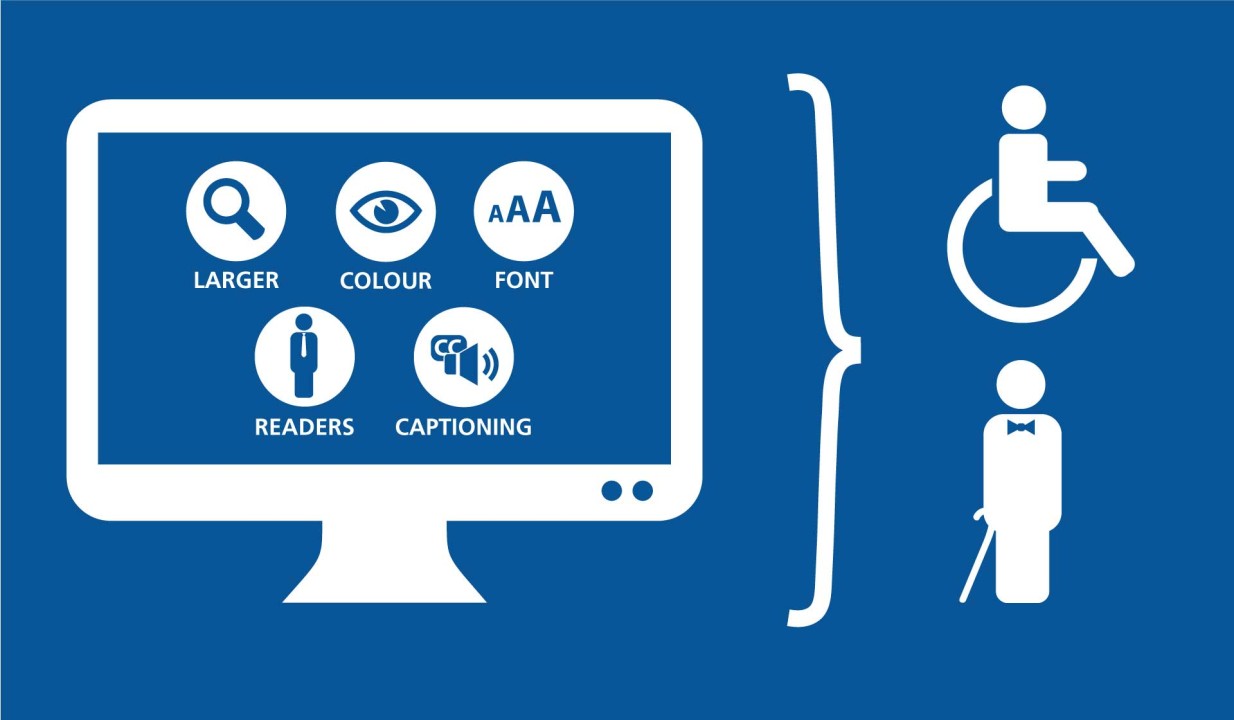Buzz Haven: Your Daily Dose of News
Stay informed and entertained with the latest buzz in news, trends, and insights.
Web Accessibility: The Invisible Bridge to Inclusion
Discover how web accessibility transforms digital spaces into inclusive environments. Build bridges to diversity and reach everyone!
Understanding Web Accessibility: Key Principles and Best Practices
Understanding web accessibility is a crucial aspect of creating inclusive online content that can be accessed by everyone, including individuals with disabilities. The key principles of web accessibility are grounded in the WCAG (Web Content Accessibility Guidelines), which emphasize providing sufficient alternatives for users who may face challenges accessing standard web content. These principles include perceivable, operable, understandable, and robust. By adhering to these guidelines, web developers and content creators can ensure that their digital environments are welcoming and usable for all, contributing to a more equitable internet.
Implementing best practices in web accessibility is essential for improving user experience and enhancing search engine optimization (SEO). Some effective strategies include using descriptive alt text for images, ensuring that your site is navigable via keyboard commands, and providing clear headings and labels. Furthermore, it is vital to use color contrast that meets accessibility standards to assist users with visual impairments. Testing your website with various accessibility tools can also help identify areas for improvement, enabling you to create a more inclusive platform that not only benefits users but also enhances overall website performance.

The Importance of Web Accessibility: How It Benefits Everyone
Web accessibility is a critical aspect of website design and development that ensures everyone, including individuals with disabilities, can access and interact with online content. This is achieved by adhering to a set of guidelines that promote inclusive practices, such as providing alt text for images, ensuring proper contrast ratios, and designing navigable layouts. When websites are made accessible, they cater not only to users with disabilities but also to a broader audience, including the elderly and those with temporary impairments. Therefore, focusing on web accessibility is not only a legal obligation for many organizations but also a moral imperative that enhances user experience for everyone.
Moreover, implementing web accessibility can significantly improve a website's SEO performance. Search engines prioritize websites that provide a good user experience, which is a key component of accessibility. Features like text descriptions for media, structured headings, and navigable links all contribute to better indexing by search engines. In addition, creating a more inclusive online environment fosters loyalty among users. Businesses and organizations that embrace web accessibility demonstrate their commitment to diversity and inclusion, ultimately leading to increased traffic, higher engagement rates, and improved brand reputation.
Is Your Website Accessible? A Guide to Conducting an Accessibility Audit
Website accessibility is crucial for ensuring that all users, regardless of their abilities or disabilities, can access and navigate your site effectively. Conducting an accessibility audit helps identify barriers that may prevent some users from engaging with your content. To begin, familiarize yourself with the Web Content Accessibility Guidelines (WCAG), which outline best practices for making web content more accessible. An effective audit should include a thorough examination of various elements such as color contrast, keyboard navigation, and alt text for images. By identifying these critical areas, you can make necessary adjustments to enhance user experience.
Once you have a clear understanding of WCAG, employ tools such as automated accessibility checkers and conduct manual testing to assess your website. Start by creating a checklist that covers key components of web accessibility, including screen reader compatibility and responsive design. Additionally, consider gathering feedback from users with disabilities; their insights can provide valuable information on areas that require improvement. Finally, compile your findings into a comprehensive report, outlining the steps needed to enhance accessibility and ensure that your website is welcoming to all visitors.